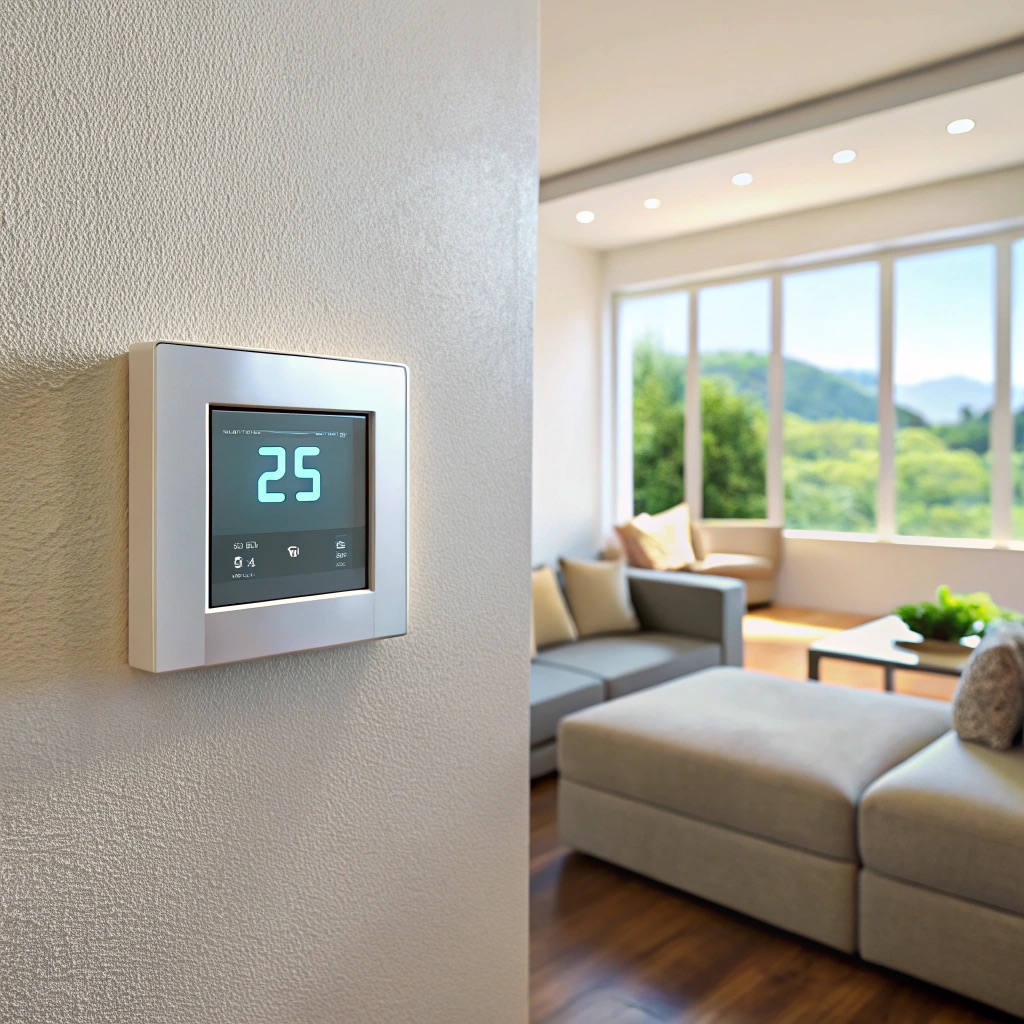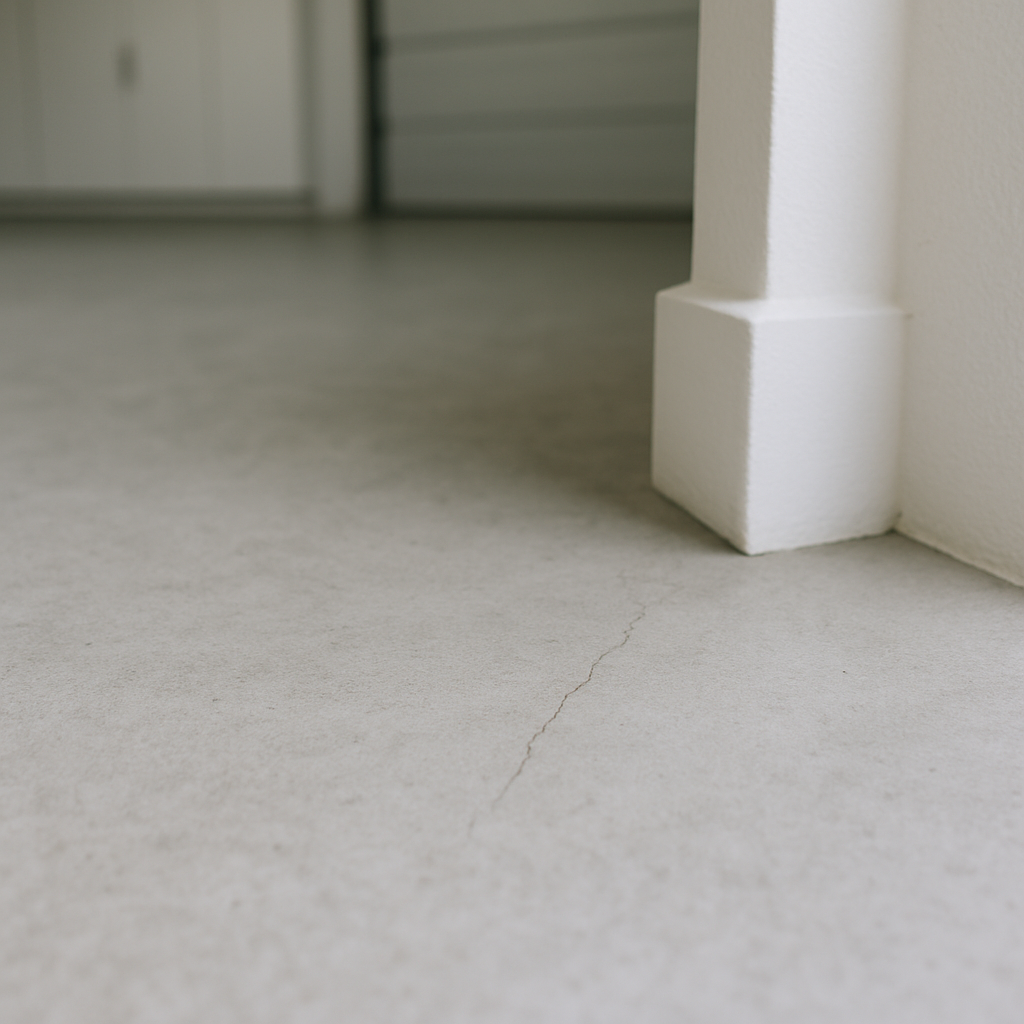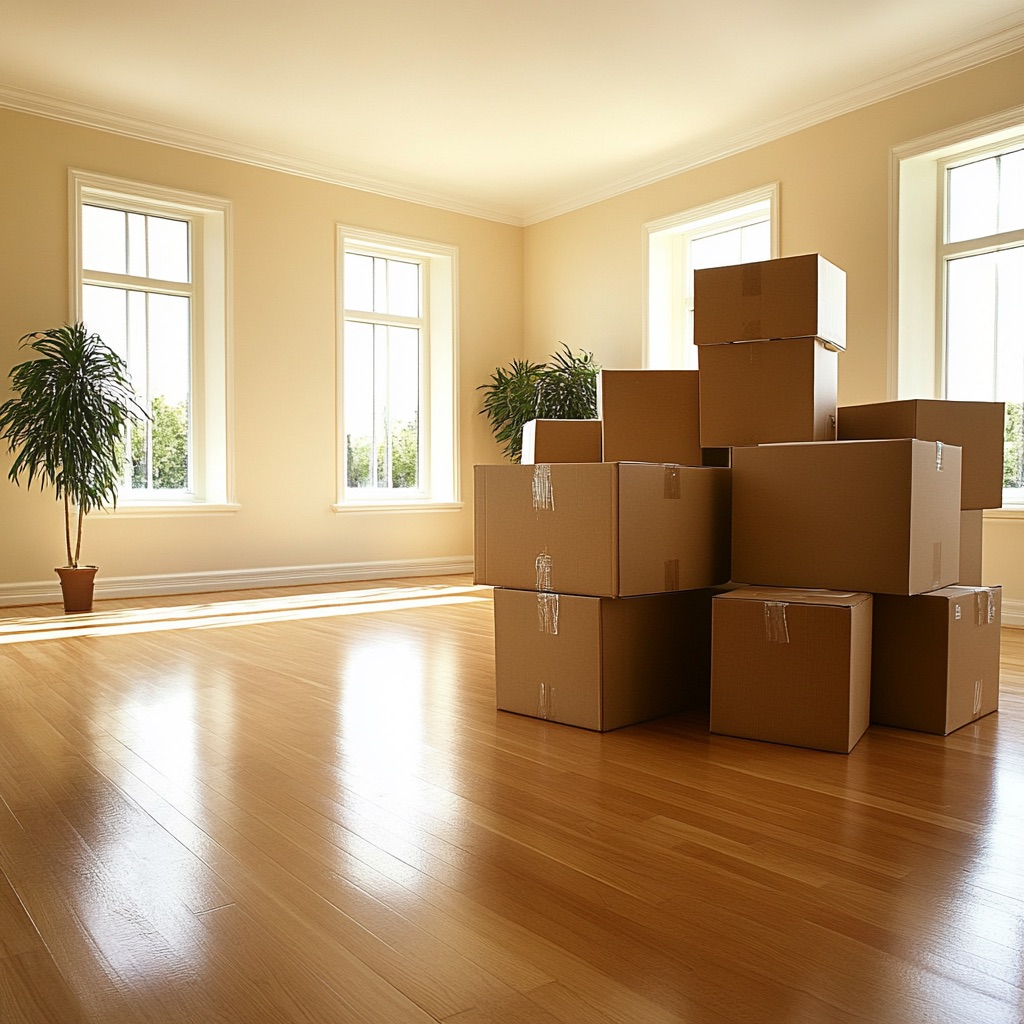Last updated on
Use these five simple tips to improve your home’s energy efficiency. Read on!
Prioritizing energy efficiency in your home is the perfect way to cut your energy bill while also helping the planet.
Reducing energy consumption means decreasing your carbon footprint and your usage of fossil fuels. With the effect of climate change being seen more, this has never been more important.
Of course, the most instantaneous benefit of boosting your energy efficiency is seeing your energy bill go down. We’ll look at ways to reduce how much energy lights and appliances consume, as well as control the temperature of your house through thermal regulation.
What's Inside
Upgrade to Energy-Efficient Appliances
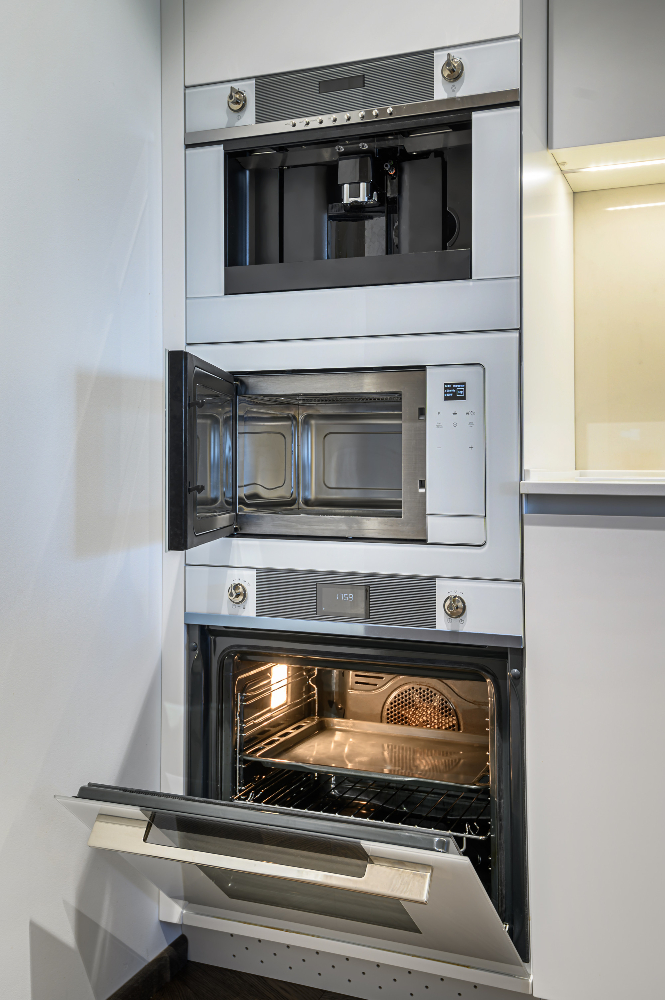
When choosing appliances we generally focus on performance more than energy consumption. But opting for appliances that use energy more efficiently can save you hundreds on your energy bill in the long run.
We tend to focus on the upfront cost of appliances and ignore the lifetime cost of operating them. In the U.S., information about energy consumption can be found on the EnergyGuide label which provides the yearly estimated operating cost and includes energy used when not using the appliance.
When shopping for a new fridge, an energy-efficient model will have a more efficient compressor that consumes less energy, and better insulation to keep food cold without needing constant cooling.
This translates into your refrigerator using less energy during its lifetime, with the U.S. Department of Energy saying the ENERGY STAR-certified fridges can cost $220 less over 12 years.
Install Energy-Efficient Windows and Doors
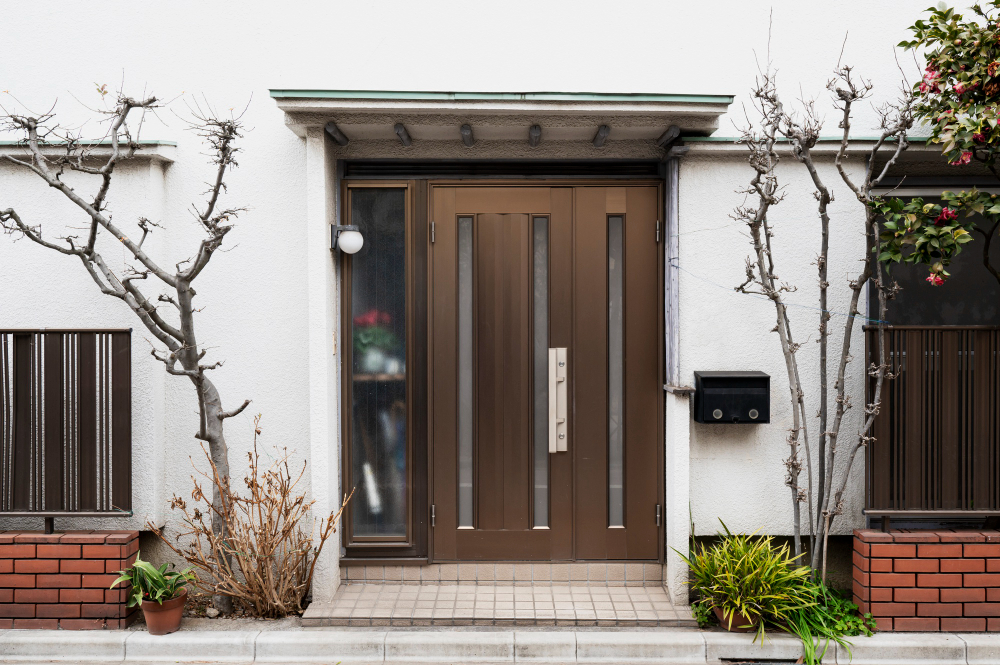
One of the major sources of energy loss is through doors and windows. If these are not properly sealed or are made of inefficient material, large amounts of heat can be lost. This means you’ll have to use more energy to keep your home at a consistent temperature.
Energy-efficient doors and windows will be better sealed and reduce drafts which are a significant source of energy loss. Drafts allow airflow that makes it much harder to heat or cool your house.
Energy-efficient doors and windows also provide better insulation which reduces heat transfer. That means keeping hot air in during winter, and out during summer. There are many different types of windows. You could opt for double-paned glass, or windows covered in low-emissivity coatings to help trap heat and reduce energy loss.
If you’re thinking about renovating to increase your energy efficiency, visit Green Choice Consulting for an energy audit. It will help you see how to most effectively boost your energy efficiency and save money on your energy bill.
Enhance Insulation
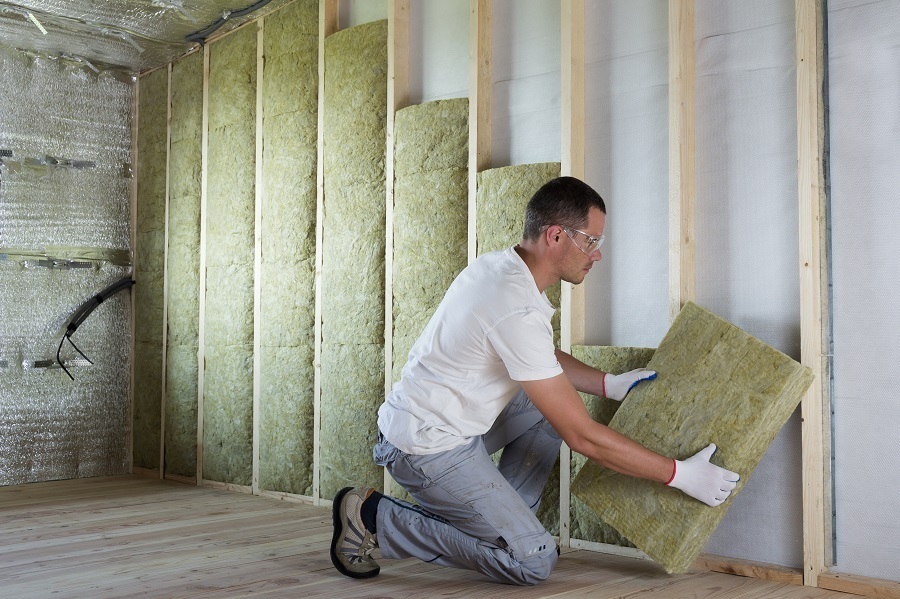
Updating your insulation is one of the best energy-efficient projects to lower electricity bills. Especially if you live in an older home. Better insulation helps to boost the savings from other energy-efficient efforts in your home.
By stopping the transfer of thermal energy, insulation means that less energy is required to maintain a comfortable temperature in your home. This results in hundreds of dollars of savings.
You can install insulation when building or renovating a house. But places like the attic and basement can easily have the insulation improved in existing houses.
There are various kinds of insulation, such as spray foam, fiberglass, caulking, cellulose, and rigid foam. Different materials are optimal for different jobs. Caulking is excellent for filling in small cracks, while fiberglass is well suited for the attic or open walls.
Implement Smart Thermostat Systems
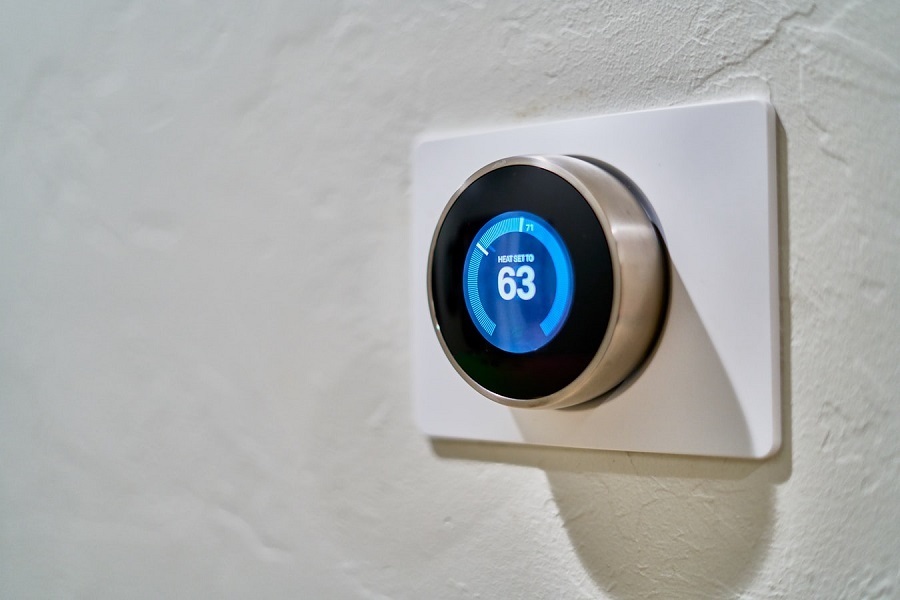
A smart thermostat allows you greater temperature control while also cutting energy usage. It enables you to set timers, meaning that you don’t have it on unnecessarily. It can automatically switch off when the desired temperature is reached.
This means less time micromanaging the temperature of your house.
It’s easy to set up and most come with a user-friendly remote control. Features include built-in energy usage monitoring, providing substantial information about your consumption.
This knowledge and easier control of your thermostat makes it simple to have your house at a comfortable temperature without a massive electricity bill. While a smart thermostat might cost more upfront, its energy efficiency will result in long-term savings.
Switch to Energy-Efficient Lighting
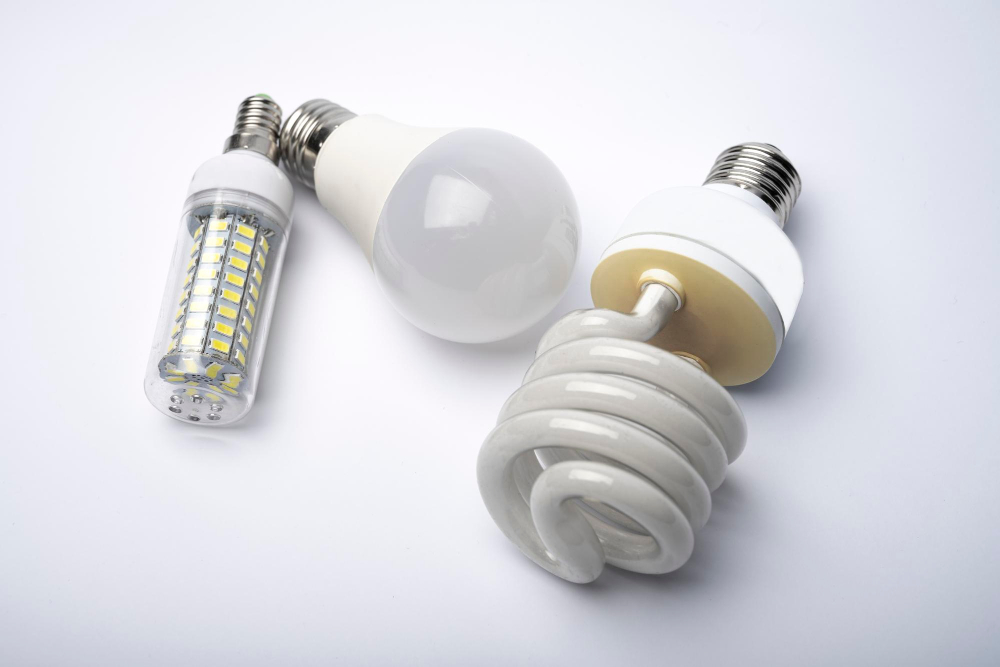
Using energy-efficient lighting requires little effort but produces great energy and money savings. Incandescent bulbs were the historical industry standard. But, technology has developed ways to save energy and create longer-lasting bulbs.
According to the U.S. Department of Energy, LED bulbs use up to 75% less energy than incandescent bulbs. And LED can last 25 times longer, making switching a no-brainer.
These bulbs are manufactured in a diverse array of shapes, styles, and colors. They are a very stylish way to save energy.
There are also a lot of smart lighting ideas, such as bulbs that can be controlled using an app. There are also dimmers that can lower the voltage running through bulbs so that you consume the minimum amount of energy possible.
LED bulbs are both energy and cost-efficient and are a simple way to cut costs and lower your electricity consumption.
